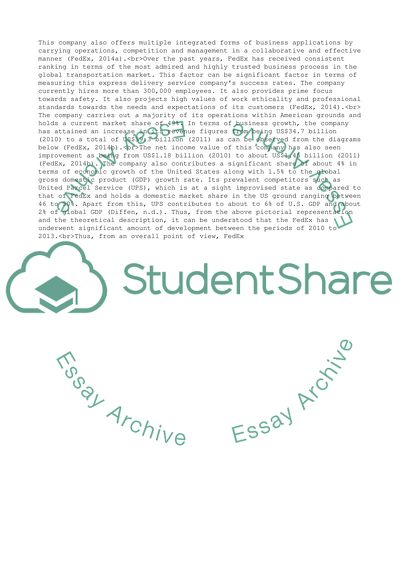Cite this document
(Strategic Management and Leadership Essay Example | Topics and Well Written Essays - 3500 words - 6, n.d.)
Strategic Management and Leadership Essay Example | Topics and Well Written Essays - 3500 words - 6. https://studentshare.org/management/1823444-strategic-management-and-leadership
Strategic Management and Leadership Essay Example | Topics and Well Written Essays - 3500 words - 6. https://studentshare.org/management/1823444-strategic-management-and-leadership
(Strategic Management and Leadership Essay Example | Topics and Well Written Essays - 3500 Words - 6)
Strategic Management and Leadership Essay Example | Topics and Well Written Essays - 3500 Words - 6. https://studentshare.org/management/1823444-strategic-management-and-leadership.
Strategic Management and Leadership Essay Example | Topics and Well Written Essays - 3500 Words - 6. https://studentshare.org/management/1823444-strategic-management-and-leadership.
“Strategic Management and Leadership Essay Example | Topics and Well Written Essays - 3500 Words - 6”. https://studentshare.org/management/1823444-strategic-management-and-leadership.


